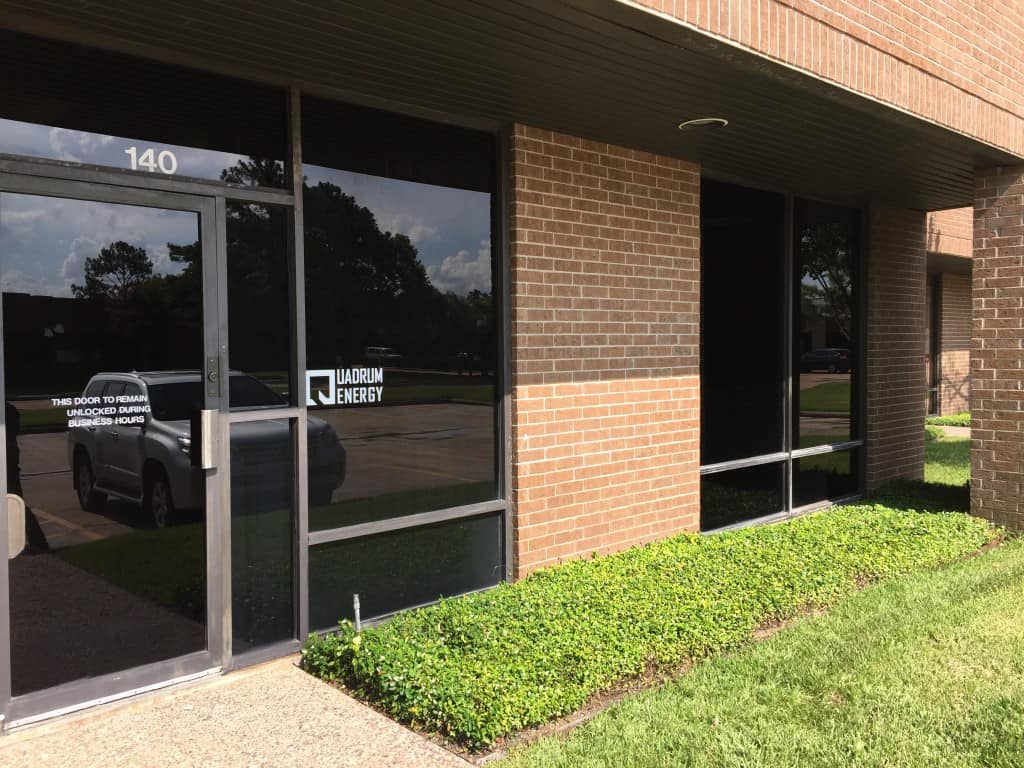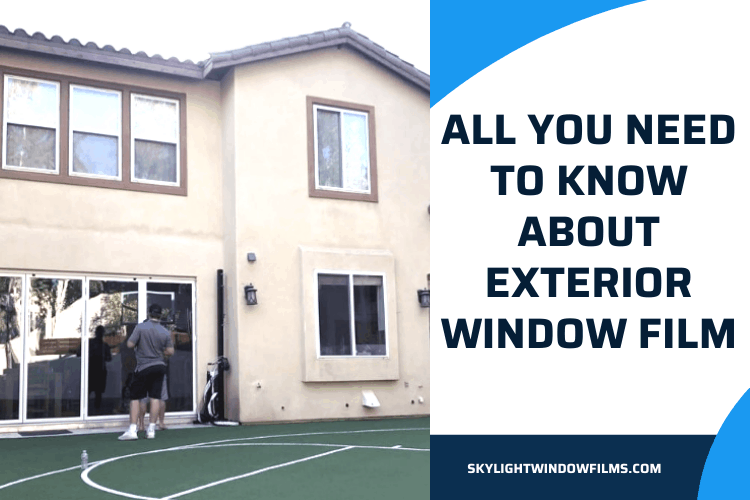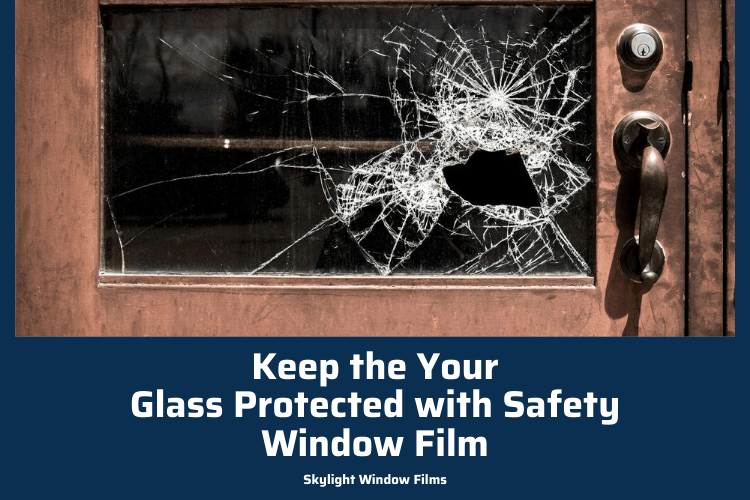Solar Control Window Film, When it comes to selecting a window film to control the heat causing uncomfortable hot spots or forcing the air conditioner to work in overload, there are a few factors to consider. Obviously, you want to block out as much heat as possible. The best heat rejection window film can offer comes with a low level of VLT (visible light transmission), and a high level of reflectivity. The appearance of a highly reflective film is subject to personal preference, and not all reflective films look the same. These reflective films come in different colors and levels of reflectivity, which allows for a lot of flexibility in visual appearance. Just for comparative purposes, the best heat rejection possible with a nonreflective film is going to be less than 70%. With a reflective film though, a heat rejection rating of 90% is possible.
Window film does three things with solar radiation. It allows part of the radiation to pass through, it absorbs part, and it reflects part. The radiation that passes through the film acts to warm up the room. The radiation that is absorbed is retransmitted mostly to the exterior, and part is retransmitted to the interior. The radiation that is reflected doesn’t make it past the film. It is easy to understand how reflective films would have higher levels of heat rejection when you understand what window film does with solar radiation.
The benefits for getting a reflective film versus getting a neutral film are the same: heat rejection, privacy, glare reduction, energy efficiency, 99.9% protection from UV radiation, protection against fading, enhancing aesthetics, lower electricity bills, and limited glass protection. The only difference between the two is that reflective films get better heat rejection, and they look different. If you don’t like the look of reflective films, you can still get good heat rejection with a neutral film. Below are two pictures comparing a silver reflective film with a dark neutral film. If your main concern is heat rejection, and you like the reflective look, it’s a no-brainer on what film to choose.








 by Unseen Ocean
by Unseen Ocean